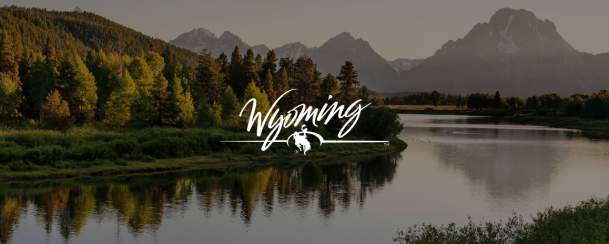Living in a cabin made for $72 in 1970, Wyoming native John Mionczynski is the true definition of a naturalist. With a background in Biology, he can tell you just about anything you want to know about the plant life that grows in Wyoming. Considered an expert by many, he spends his time educating others about natural remedies and the benefits of using local plant life as the main food source.
In addition to his vast knowledge of plant life, Mionczynski is well noted for his studies of Bighorn sheep. Working alongside other biologists, Mionczynski has studied bighorn sheep with the U.S. Forest Service, Wyoming Game and Fish Department and the University of Wyoming for more than 40 years.
Near Atlantic City in Northwest Wyoming where Mionczynski resides, you’ll find one of the largest herds of Rocky Mountain Bighorn Sheep – the Whiskey Mountain herd.
Inspired by the herd, the National Bighorn Sheep Center was opened to the public in July of 1993 in Dubois and hosts seasonal hours year-round. The center features dioramas and mounts that recreate the natural habitat of bighorn sheep.
Before you go, here are 6 things you never knew about bighorn sheep:
1. Wyoming is home to a large herd.
Wyoming’s Whiskey Mountain bighorn sheep herd is the largest wintering herd of Rocky Mountain Bighorn Sheep in the lower 48 states.
2. These sheep can jump.
Equipped with split hooves with rough bottoms that aid in balance and natural grip, their short legs are perfect for bounding. Mionczynski has seen them jump large distances and navigate impossibly narrow ledges. These attributes, along with keen vision, help them move easily about rocky, rugged mountain terrain (avoiding predators along the way)
3. Harsh environments are preferred.
Bighorn sheep thrive in harsh environments and high altitudes. In fact, they live in some of the most rugged climates in North America. While they typically like to hang out above 10,000 feet, visitors have the best chance of seeing Bighorn Sheep during their “rut” season in mid-November and December when they move into their winter range at lower elevations.
4. The horns are heavy.
One of the most recognizable features of a Bighorn sheep is the ram’s (males) large horns (which, can weigh up to 30 pounds). Surprisingly enough, there are two parts to the horn – a sheath overlying a bony core filled with blood vessels. This helps the sheep to regulate their body temperatures as the climate changes.
5. Males & females don't live together.
Bighorn sheep live in social groups, but rams and ewes (females) typically meet only to mate. Rams live in bachelor groups and females live in herds with other females and their young. For the females, Mionczynski has studied very specific responsibilities within the herd such as the babysitter (watches young while mothers eat), guardian (typically a sheep without a lamb who watches for predators), and the herd leader.
6. The spread of disease is common.
As hearty as bighorn sheep may be, they are incredibly susceptible to the spread of disease, especially from domestic sheep. Visitors can learn more, and support conservation efforts through the National Bighorn Sheep Center.

